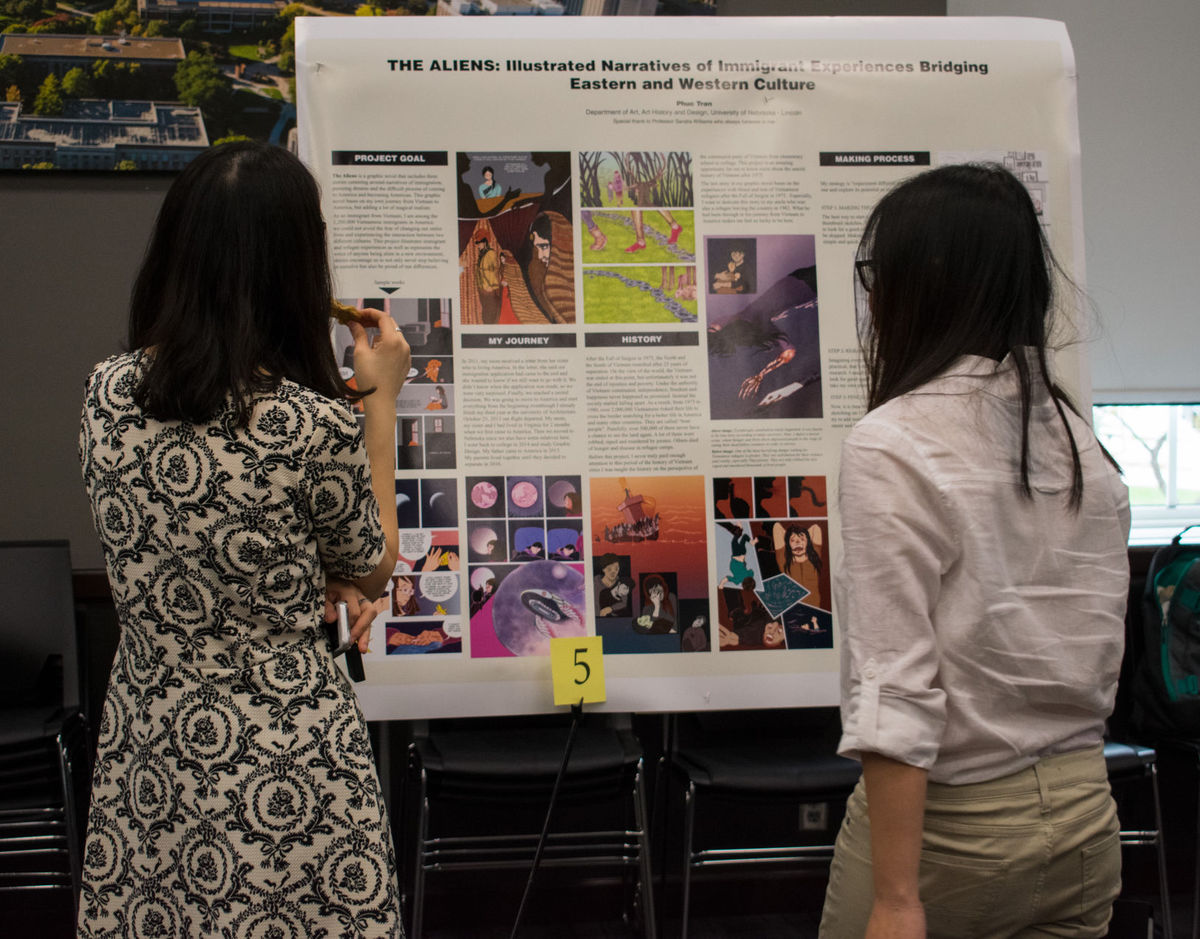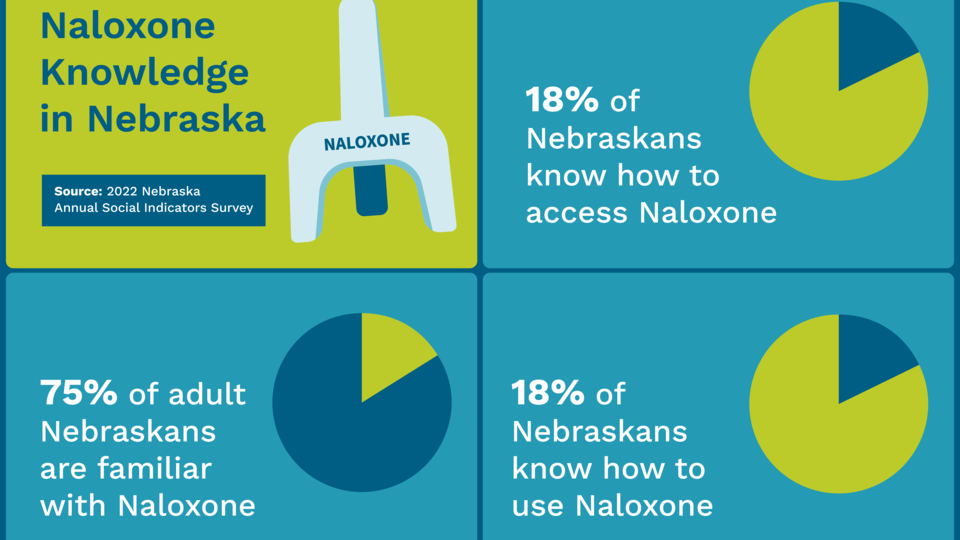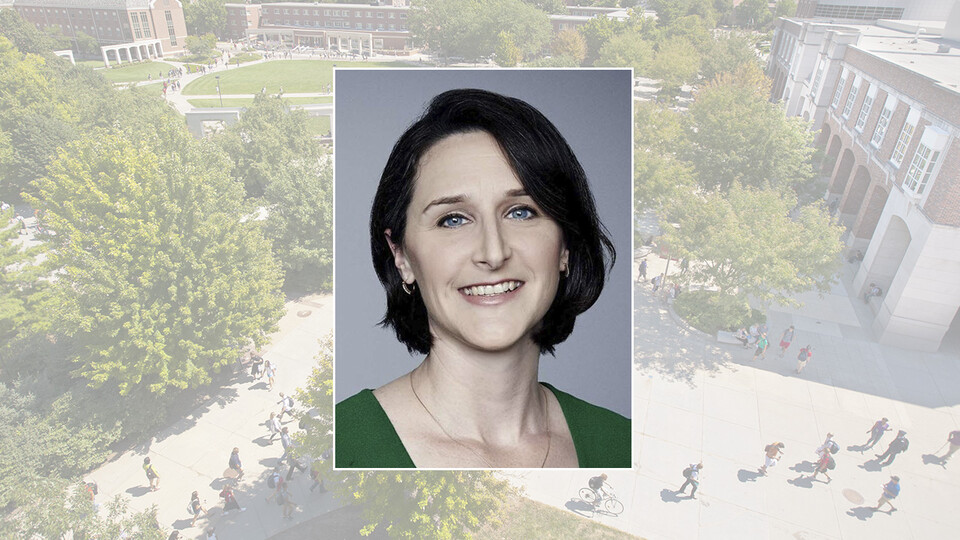
Junior Bailey Peterson has always been good at science. She liked being the smart girl, being smarter than the boys and being called a “nerd” because she didn’t care. She was doing what she loved.
“I always took pride in being one of the better students,” she said. “I’m a pretty big nerd, so I just kind of continued on with that and then once I hit high school I was kind of in the middle of where I wanted to go.”
What really directed Peterson toward a career in science was her high school chemistry teacher. This led her to become a biochemistry major at the University of Nebraska-Lincoln, and she plans to apply for dental school this summer.
Four hundred fourty-four Lincoln fourth through eighth graders were surveyed and asked the same question, “Do you think of yourself as a science kind of person?” They were also asked to answer the same thing about their friends at the school. Sociology professor and department chair Julia McQuillan explained that the group didn’t know much about middle school students when it came to scientific identity.
“I had been doing work on faculty, college students and high school students, but not a lot of middle school students,” McQuillan said. “What we realized was that when you look at national data and international data, around 5th grade you don’t see gender differences in science interests, enjoyment and curiosity. Learning has not been gendered yet at this age, it’s all about having fun”
But by ninth grade boys are more likely to take science classes and continue on that path. Inversely, girls are less likely to take these courses past their freshman year, so by the time they reach college they have already fallen behind.
“Why is it different when they have the ability, curiosity, desire in fifth grade and not now?” McQuillan said. “Something social happens.”
The survey showed that girls thought of 41 percent of their male friends as a “science kind of person.” However, these same girls thought only 25 percent of their female friends fit under that description. When the students were asked to report about themselves, they did not find much of a difference in a statistical significance.
“In terms of self-assess science potential like, ‘I could become a scientist,’ the only difference was in the ‘might be able to.’ The ‘I could become a scientist’ did not go by gender, so you’ll see it was 33 percent [boys] and 28 percent [girls]. But the ‘might be able to’ is 39 percent [boys] and 46 percent [girls].”
The survey also looked at predicting friendship ties or homophily. In this sense, middle schoolers tend to be friends with their own sex, race or social classes. What they found was girls were more likely to be friends with other girls who have the same interest in science.
“Most of the women think they are saying they are just not into science,” McQuillan said. “They don’t realize that all these messages they had, all of these little subtle things where teachers don’t encourage them to go to that engineering rocket camp and don’t call on them or don’t give them the benefit of the doubt.”
“One thing we don’t know is if it’s better to have single sex groups or mixed sex groups,” she said. “Single sex groups may allow the girls to run with it and not worry, but mixed sex groups might help the boys to see the girls doing science and change their assumptions.”
As a chemistry teacher’s assistant, Peterson has found that the girls work just as hard as the boys, if not harder.
“There are a lot of males in the class that do extremely well, but the girls are really doing well too,” Peterson said. “I think that’s been the trend recently–that women have started to really rise in sciences. I have a lot of girls in the class that are kind of kicking the boys’ butts.”
The study was co-authored Robin Gauthier, a post-doctoral researcher and the study’s lead author; Patricia Wonch Hill, a Nebraska sociologist; Amy Spiegel, a research associate professor; Judy Diamond, a professor and curator at the University of Nebraska State Museum; and McQuillan. It was funded by the Science Education Partnership Award from the National Institute of Health. It was also published by Social Sciences in February.
At the end of it all, McQuillan said this study and the message it should spread is that people need to look at gender gaps in sciences. If more people are educated about the problem, future generations of girls could learn and pursue science in a different atmosphere.
“We want gender equality in science,” McQuillan said. “That could change science because women bring different questions, different issues and different perspectives.”



